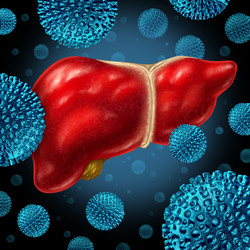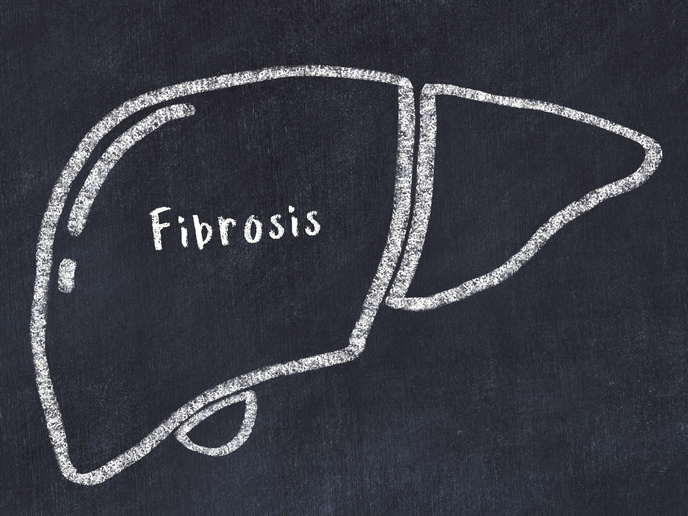Visualising hepatitis virus infection
HBV is known for its capacity to infect the liver, causing cirrhosis, and hepatocellular carcinoma. Although most infected individuals clear the virus, there are hundreds of millions of cases worldwide with persistent infection. As HBV can be naturally controlled by the immune system, the consensus is that new treatments should rely on novel immunotherapeutic strategies such as T cell vaccines and the infusion of autologous, virus-specific effector CD8 T cells expanded ex vivo. The latter are key players in HBV pathogenesis as well as in the resolution of infection. The scope of the EU-funded LIVER IVM (Visualizing liver immunopathology progression during hepatitis B infection by liver intravital microscopy (IVM)) project was to advance our understanding of CD8 T cell induced pathology. LIVER IVM scientists wished to unravel the spatiotemporal dynamics of CD8 cell-mediated antigen recognition and the killing process, as well as define how these are affected by anatomical and haemodynamic changes in the liver. For this purpose, they generated an in vivo mouse model of HBV infection that displayed HBV antigens in hepatocytes and utilised adoptively transferred virus-specific T cells. To visualise T cell migration and elucidate the mechanism of infection and antigen recognition, researchers followed an intravital microscopy (IVM) approach that enables the generation of time-lapse movies. Results indicated that CD8 T cells circulating through the liver were initially arrested within sinusoids by attaching to platelets in search of antigens. To capture antigen and mediate virus clearance they extended protrusions, mediating a form of immune surveillance. This function ceased when T cells encountered hepatocellular antigens and obtained pathogenic properties. This study provided invaluable insight into the mechanism of immunity in liver infectious diseases. The identification of the determinants that regulate the trafficking and the effector function of CD8 T cells help comprehend the onset of hepatocellular carcinoma with future clinical applications.
Keywords
Infection, hepatitis B virus, immune system, hepatocellular carcinoma, CD8 T cells, intravital microscopy







